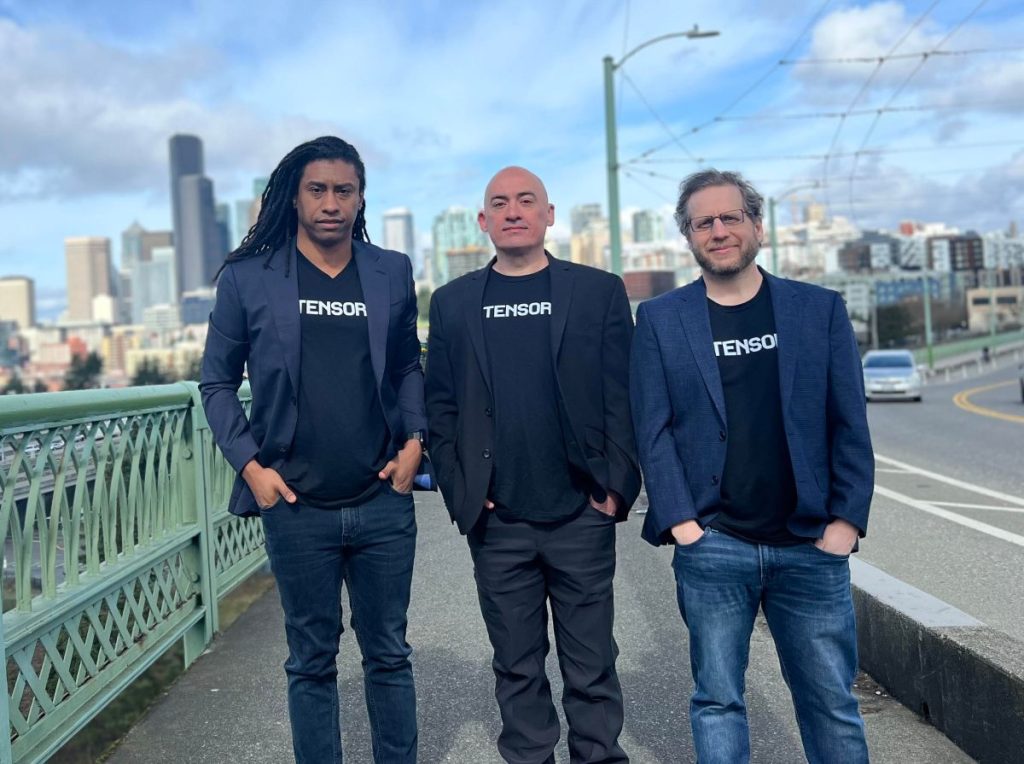Companies want to access new software and tools of artificial intelligence, but cannot risk sending their sensitive data to third -party software as Saas (Saas) suppliers. Tensor9 tries to help software companies to obtain multiple company customers by helping them to distribute their software directly in the technological stack of a customer.
Tensor9 converts the code of a software supplier in the format necessary to distribute their customers in the technological environment. Tensor9 then creates a digital twin of the distributed software or a miniaturized model of the distributed software infrastructure, therefore Tensor9 customers can monitor the way the software works in the environment of their customers. Tensor9 can help companies distribute in any premise ranging from cloud servers to bare metal.
Michael Ten-Pow, co-founder and CEO of Tensor9, told Techcrunch that Tensor9’s ability to transfer the software to any premise and its use of digital twin technology to help remote monitoring, helps to stand out from other companies, such as Octopus Deploy or Non, which also help companies implement the software in the environment.
“You cannot simply launch a software over the wall, or it is very difficult to launch software on the wall and know what is happening, being able to find problems, debugles, solve them,” said Ten-Pow (pictured above, left). “They see it work, they can debug, they can access and understand what the problems are and solve them.”
He said the times are righteous for Tensor9 technology due to the wind winds from the ascent of the AI. Companies and financial institutions want to adopt AI technology, but they cannot risk sending their data to a third party.
“A company research provider could go, let’s say, JP Morgan and say:” Hey, I need to access all your six data of data to build an intelligent research level above so that your internal employees can have a conversation with the data of their company, “there is no way that it works,” said Ten-Pow.
Ten-Pow, a former AWS engineer, said he had a “long and fairly tortuous route” at the launch of Tensor9. He had the idea for the company as he worked on another potential idea that he did not work. He spent some time to understand if he could find a way to make easier for software providers to obtain the SOC 2 certification, a framework of conformity of IT security, to help them unlock customers who required their suppliers to have.
Although this did not work, he discovered from the calls of customers that what companies really wanted was the software simply to perform in their technological environment. But many software companies, in particular startups, do not have the resources to offer an on-premise option tailored to each corporate customer.
That feeling became the base for Tensor9 that Ten-Pow launched in 2024. Later during the year, he brought two of his former AWS colleagues, Matthew Michie and Matthew Shangker, as co-founders.
The company has found early traction with artificial intelligence vocal companies. Since then, they have started to expand to work in other verticals, including: company research, company databases and data management. The company currently works with artificial intelligence companies including: 11x, Retell Ai and Dyna Ai, among others.
Tensor9 was started for his first year and recently collected a 4 million dollar seed round led by Wing VC with the participation of Level Up Ventures, Devang Sachdev by Model Ventures, Nvangels, a group of angels of former Nvidia employees and other angels investors. On board the investors with the idea was not too demanding, he said ten Pow, because the VCs with which they spoke had seen their portfolio companies fight with this exact problem. Tensor9 only had to convince investors who were the right team for work.
“We have a simple model but under the covers there is a lot of complexity that this happens, difficult technical challenges that we have solved to make it happen,” said Ten-Pow. “I think it was one of the things that helped us to convince investors to invest in us.”
The company plans to use funding for hiring and to build the next generation of its technology so that it can work with customers in more vertical ones.
“There has been an evolution from (on premise) to the cloud and we think that this idea of live software where it must, and work where it must be, is that next step that is a sort of synthesis of the previous on-premise and cloud ideas,” Ten-Pow said.



